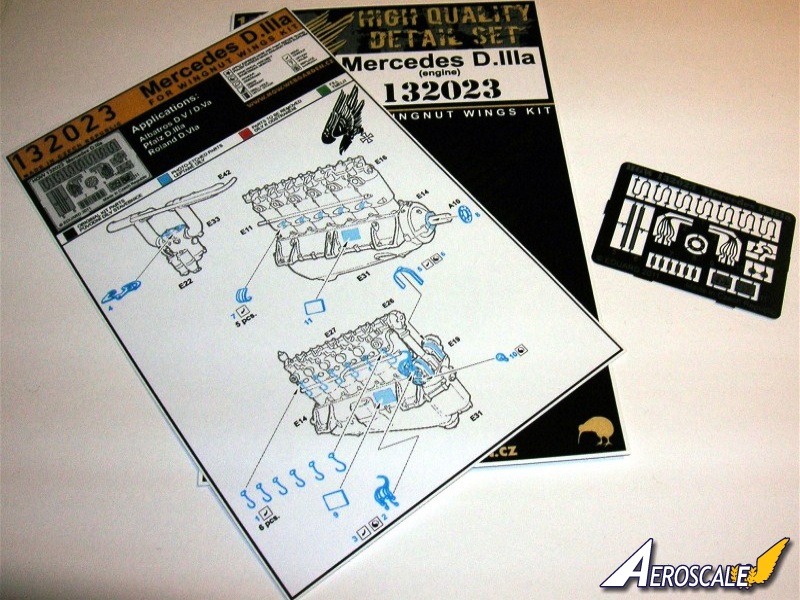In a similar vein I had an inquiry.
Quoted Text
NVBOGAER
Hello,
my grandmother bought somewhere in the 1920's a wooden aircraft propeller, in a public auction in Bruges (West Flanders - Belgium). It had little success because it was a 'piece of the war'. . .It should be from a Fokker DVII, and has following inscriptions on the sides of the propeller (at the base) :
'Wolff'
on the right side of the axis hole :
'n° 14825
PS 160 Mercedes
ST 200
D276'
on the left side of the axis hole :
'4768 K.W. Kiel
Drehzahl 1400'
on the upper side of the axis hole :
'180200'
on the lower side of the axis hole :
'160'
. . .The sharp (leading) edge of the propeller are covered by copper (which is black now because of oxydation).
I went last month to the RAF museum in Colindale and the propeller on the Fokker D VII there is the same one I have.
I would like to know more about my propeller, and bought the 2 books of Osprey (Fokker D VII Aces of WW 1, part 1 & 2).
Should it be possible to find out to which aircraft this propeller belonged ? Its origin could be from Bissegem, Jabbeke or Aertrycke maybe. If you like, I can provide you some detailed pictures of the propeller.
Thank you for helping me in this research."
During the last months of the war one about out of every 10 Fokker D. VII airframes went to the front without an engine. There were 3 manufacturers, Fokker, OAW & Albatros. While your stamped info on the prop base appear legitimate, the copper edging was a post war addition. In 1918 each machine went to the front with at least one set of spare parts. Magnetos, propellers and etc. Your best bet is checking with the Belgium aviation museum. They may even have some photos to help you. Wolff was one of at least 4 companies that provided propellers to the Fokker D.VII production. The paddle was the idetifier for the company. Other wise the pitch and length was the same on all props for this type, as it was engine specific. The 160ps = 160hp and was the basic Mercedes Daimler engine for the Fokker D.VII. But was upgraded during the war to 170- 200hp in several variatins in 1918.











